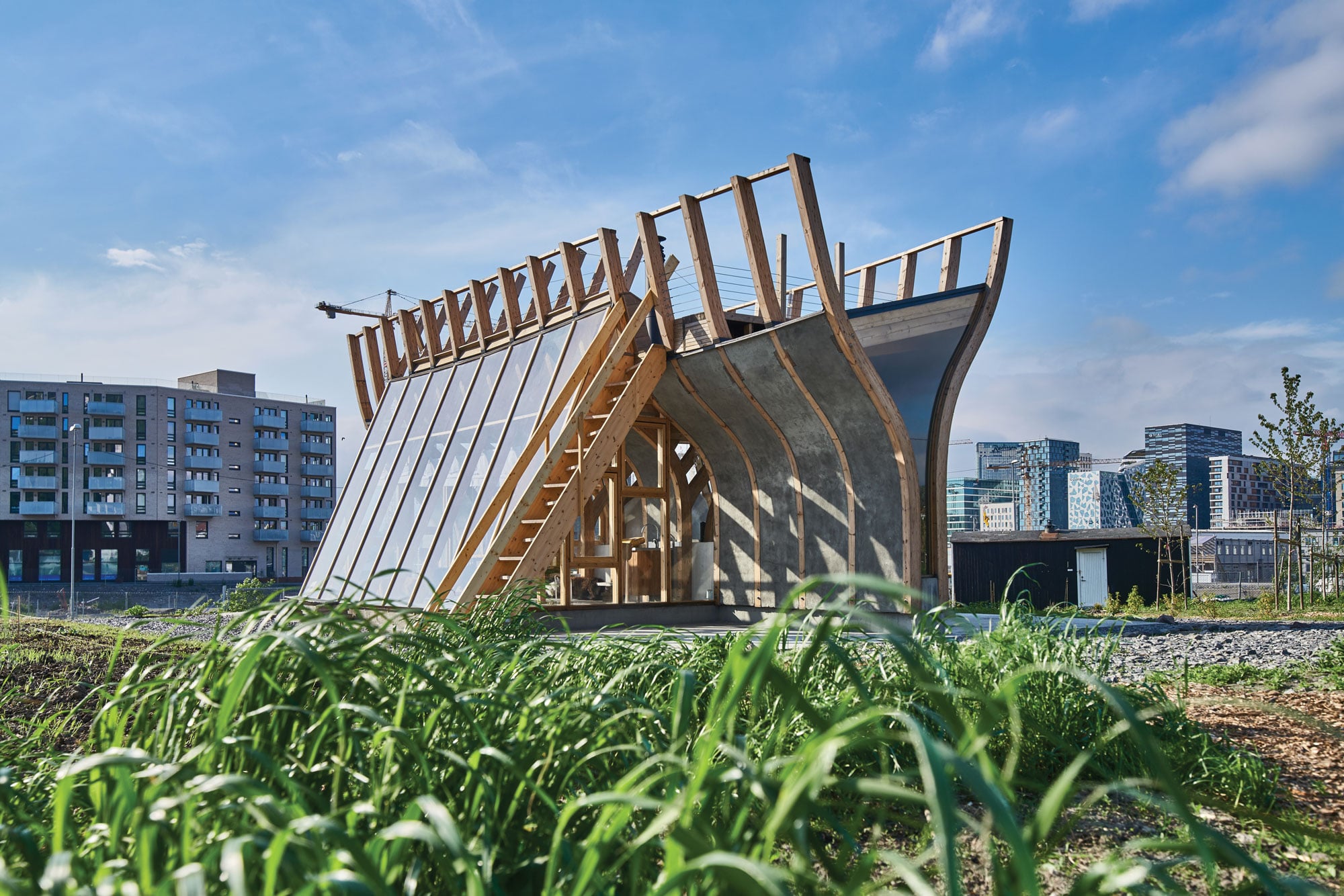Story at a glance:
-
- In 2016 Oslo got a public bakehouse at Losæter in Bjørvika.
- The ship-shaped structure is located in a former container port in Oslo.
- It’s both a sculpture and a gathering space that facilitates artistic production and exchange between communities.
On a summer day in Oslo, a local entrepreneur stops by the farm with his family for a picnic and to check on their plot of crops. Nearby, a young woman pushes a wheelbarrow across the grass. Just over the hill, hens are clucking.
“This is how we’re going to win climate change,” says Anne Beate Hovind, looking out from atop a ship-shaped “bakehouse” in 2017.
Then Hovind worked as the project manager at Oslo’s Losæter, located a short walk but a world away from the city’s opera house, designed by Snøhetta, and the buzz of tourists at hotels. Many people, locals included, don’t realize Losæter is here, but the discovery is part of the fun.
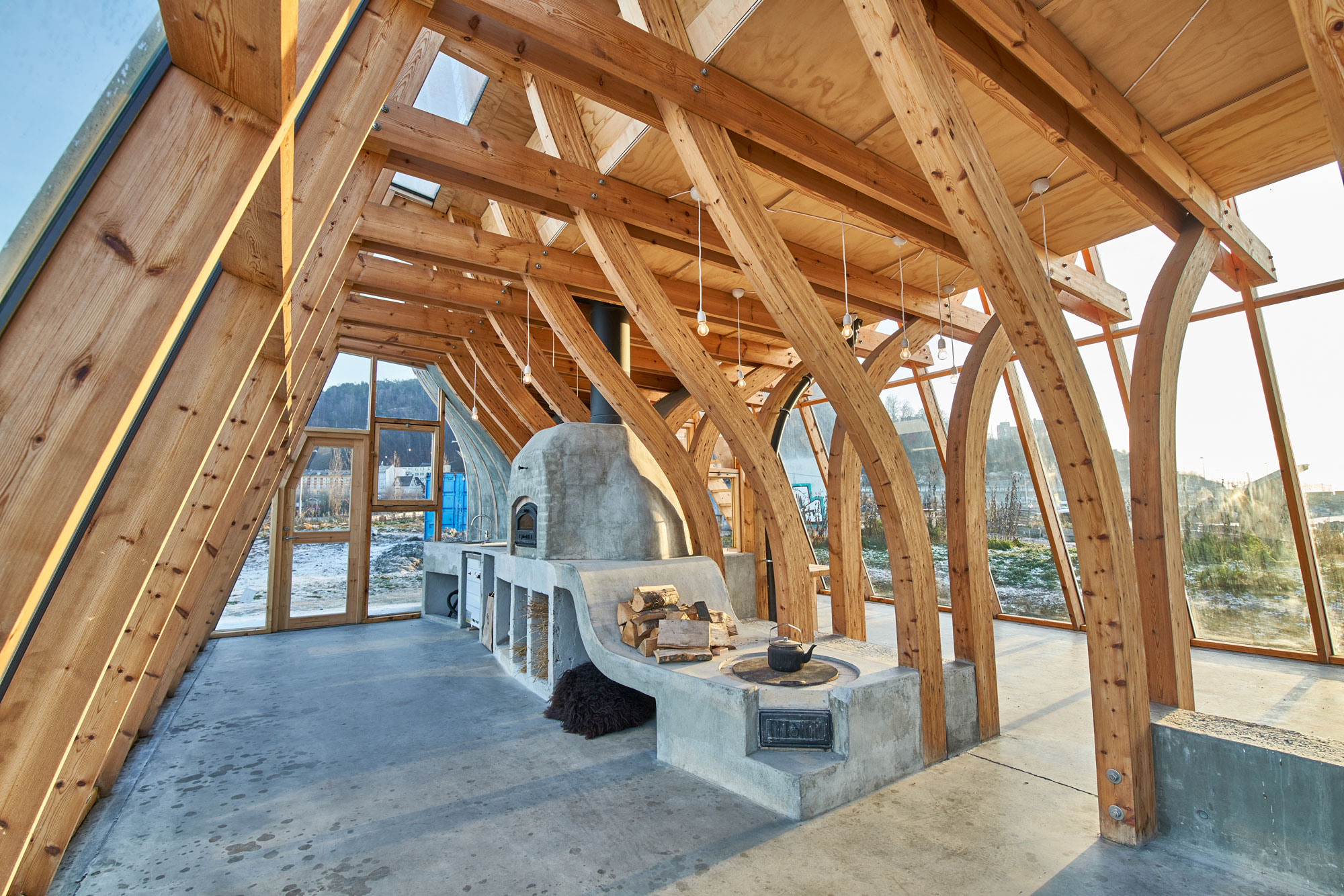
Losæter bakehouse in Oslo. Photo by Monica Løvdahl
“This place makes it possible for a lot of people to be creative,” Hovind says, adding that the farm has continued to evolve since it started more than five years ago. “It started out one way, and today we have a city farmer here, we have a public bakehouse, we have a baker who wants to do workshops. A lot of people are involved now. It is the most strange, oddest place,” she laughs.
As of 2021 the municipality of Oslo had taken over the space and hired a city farmer, an evolution Hovind was pleased about.
Losæter is in the former container port known as Bjørvika, where the Alna River meets the fjord. It’s home to countless cultural institutions, like the new Munch Museum set to open in 2021 and the new Oslo Public Library.
“We’re also building a cultural institution—without walls—for the more immaterial, tacit kind of knowledge about farming and baking.”
This hub for art and urban food production is laid-back but growing. Today it includes the Flatbread Society inside the bakehouse, an ancient grain field, and private allotments for the community, though the latter are temporary, as Losæter transitions to become more of a collective farm. The common area was initiated by an art collective called FutureFarmers, with California’s Amy Franceschini as the lead artist.
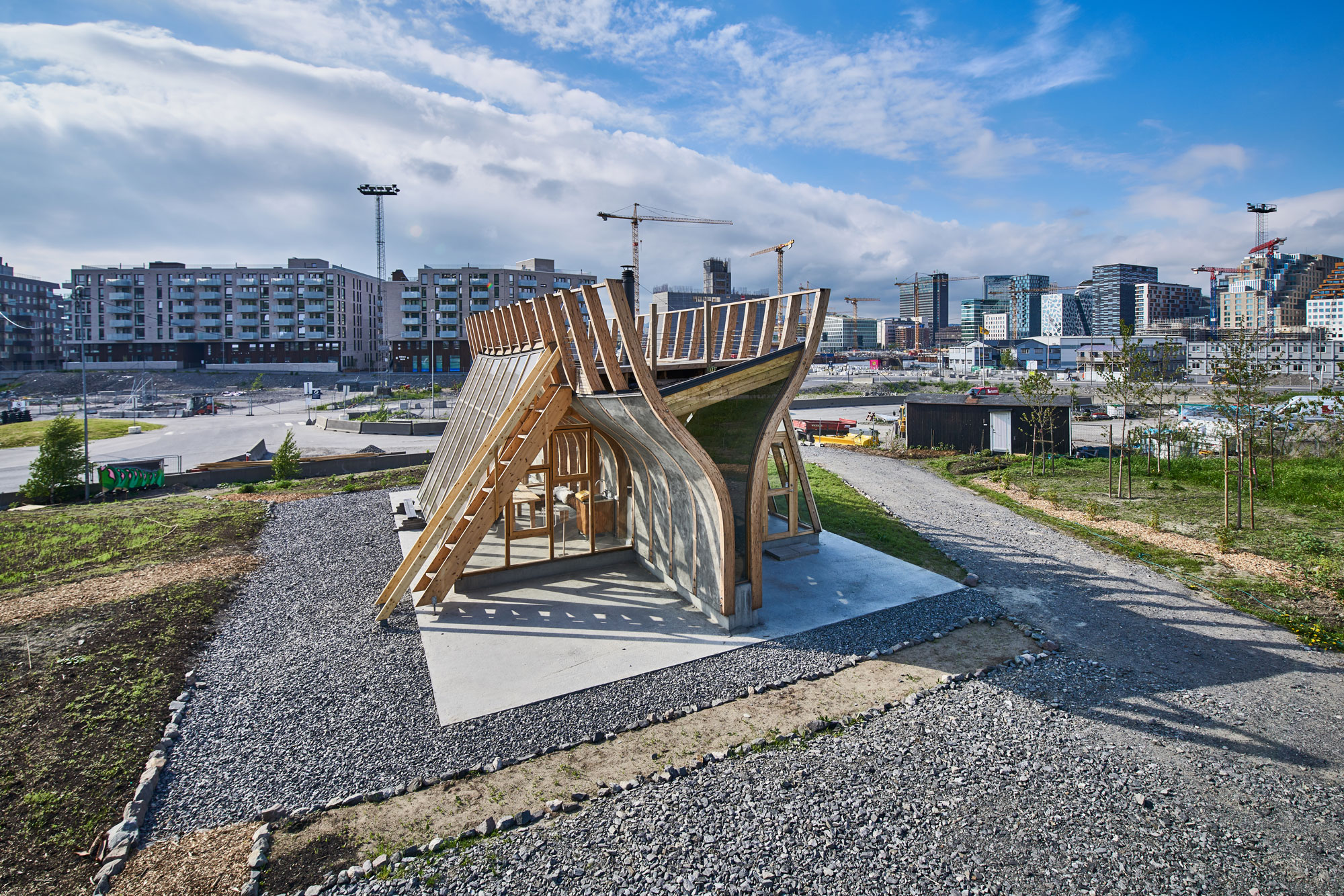
Photo by Monica Løvdahl
When they started the project, though, the area didn’t even have good soil. But Hovind knew a farm was possible—she had photo evidence from the 1940s.
“I saw this picture here with this farming land and this is exactly the same place,” she says, flipping through photos. “This is the best place to grow things. That was hard to imagine.”
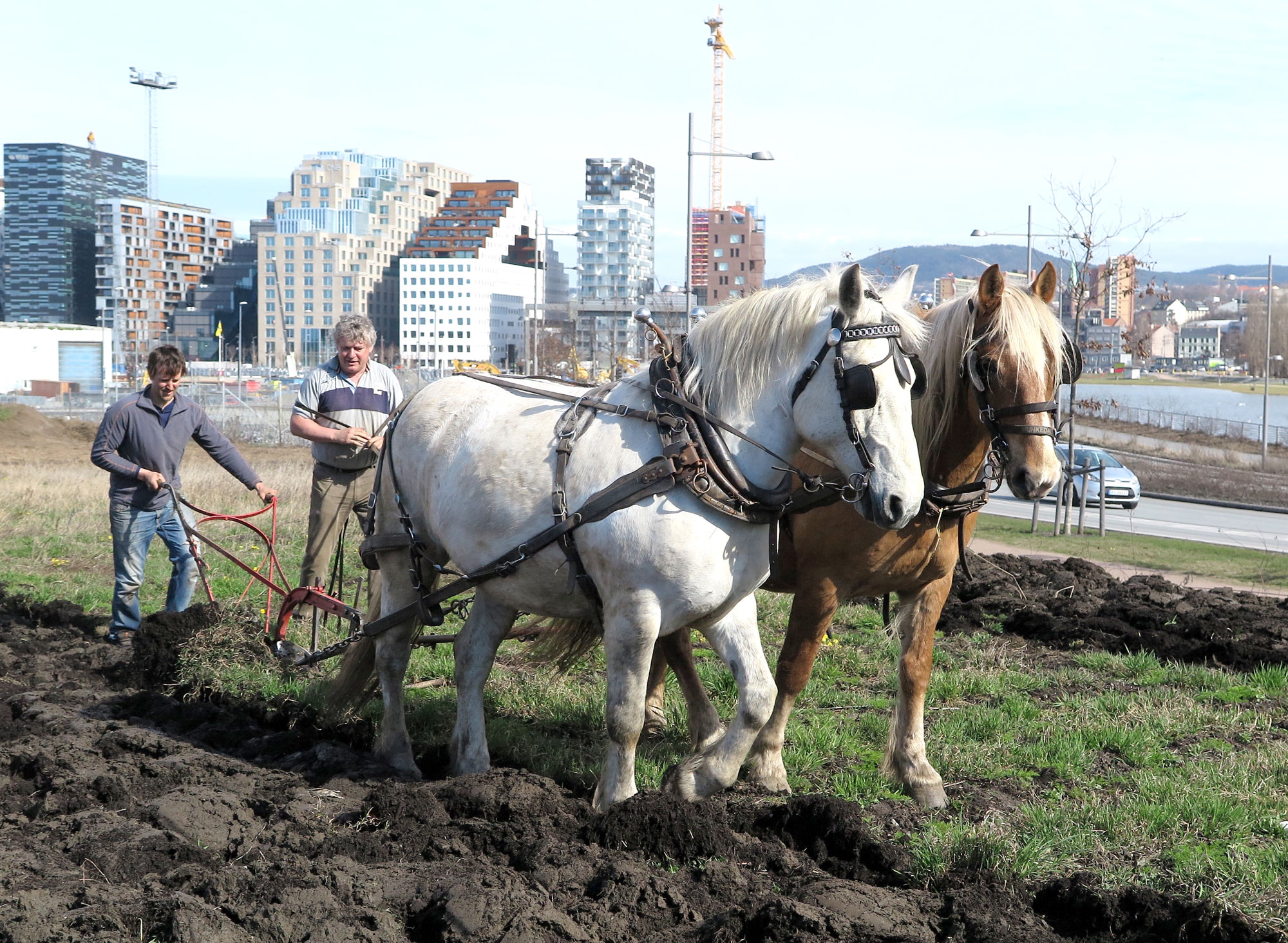
Several years ago the Losæter team hosted a soil procession, inviting farmers and friends to join in a symbolic walk from the nearby botanic garden down to the Losæter site. Farmers from all over the country showed up to donate healthy soil. “It was very special,” Hovind says. Photo by Vibeke Hermanrud
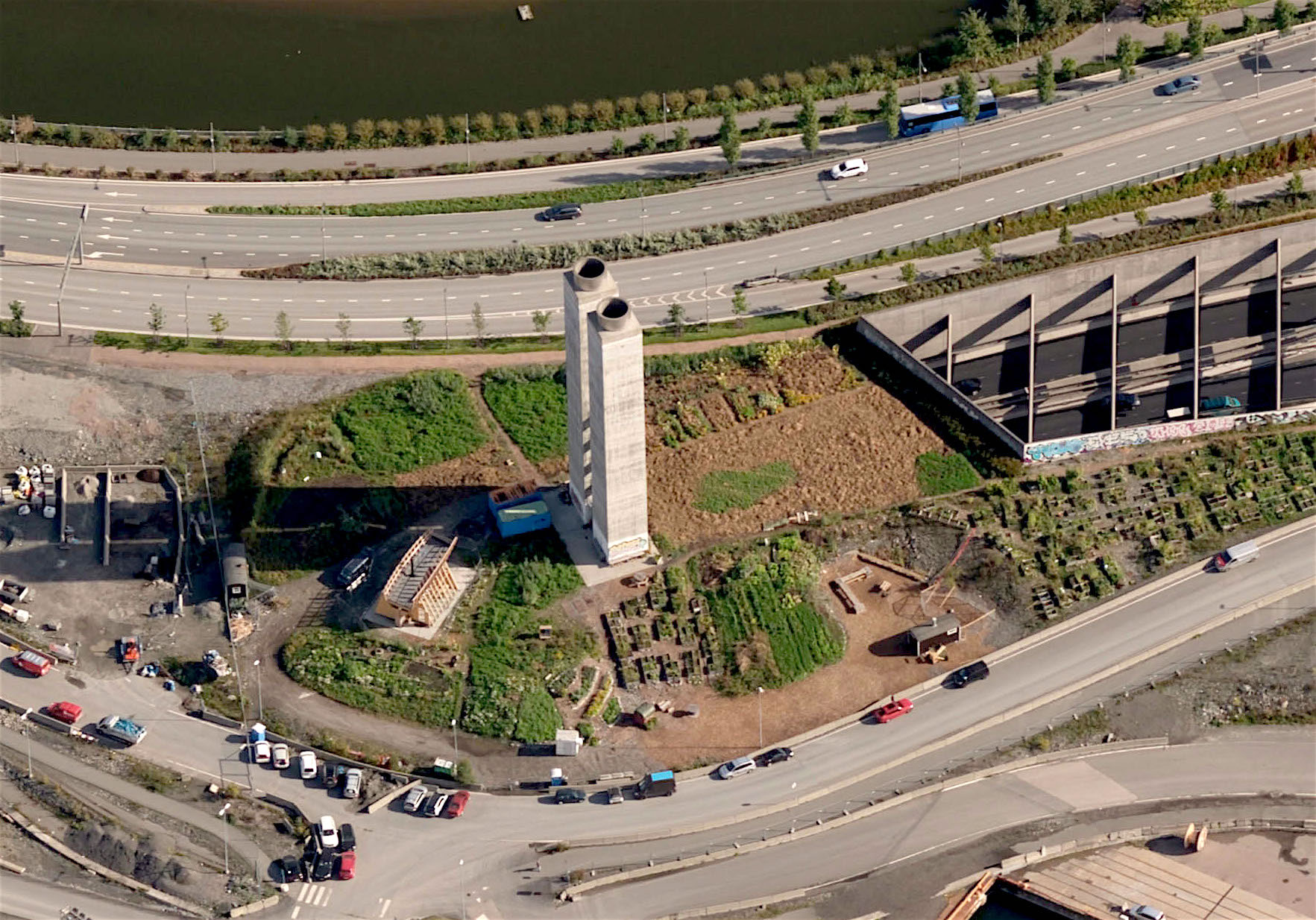
Photo courtesy of Losæter
Getting your hands dirty may be more important now than ever in this busy world, Hovind says, pointing to a book she read called The Denial of Nature by Arne Johan Vetlesen.
“The main message is, if we’re not connected to the soil by physical experience, we will lose our empathy and take positions that are not good. For me personally, this is so important.”
The Bakehouse is also special—a place where you can commune with others over bread. Its design to look like an old boat is no coincidence, as it calls back to the Norwegian rescue boats that used to rescue people along the coast.
“Now we’re rescuing grains,” Hovind says, referring to the ancient grain project.
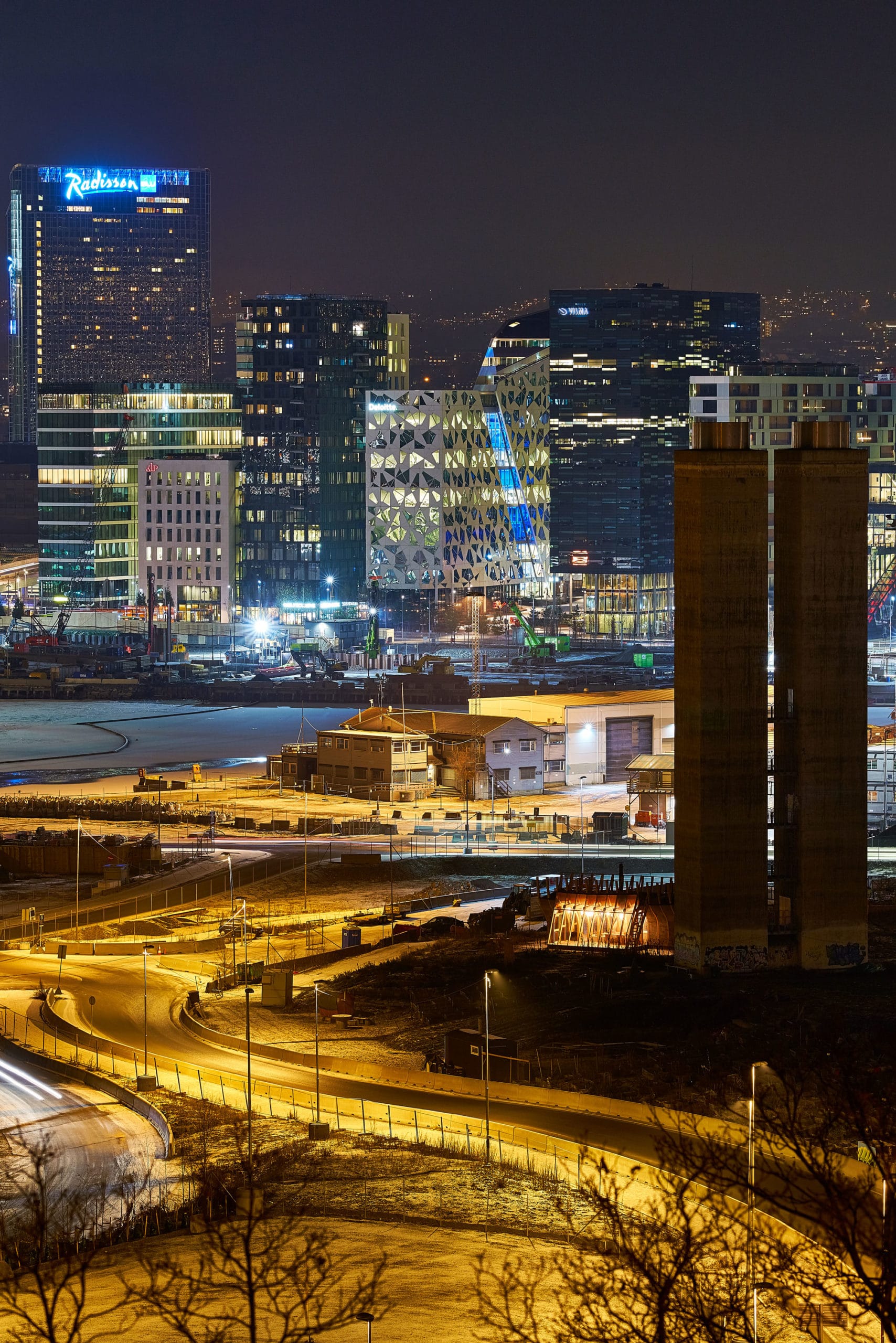
The Oslo urban farm is surrounded by some of the city’s biggest cultural institutions. Photo by Monica Løvdahl

